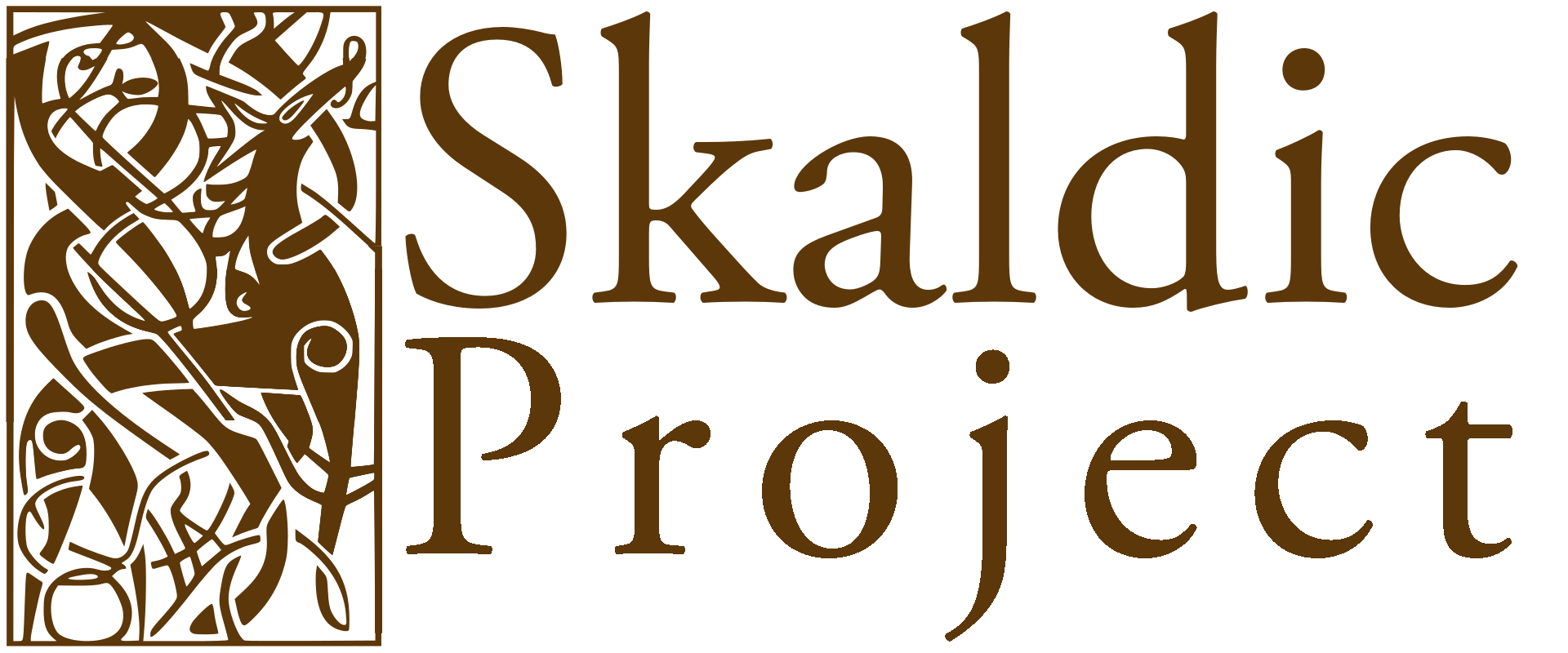Þul Sverða 9III/4 — þinurr ‘fir’
Fellir, fǫlvir, Fáfnir, raufnir,
ímnir, eimnir, afspringr, þinurr,
sigðir, snyrtir, svelgr, skarr ok nár,
Góinn, gest-Móinn ok gárr, þrimarr, Níðhǫggr.
Fellir, fǫlvir, Fáfnir, raufnir, ímnir, eimnir, afspringr, þinurr, sigðir, snyrtir, svelgr, skarr ok nár, Góinn, gest-Móinn ok gárr, þrimarr, Níðhǫggr.
Feller, pale one, Fáfnir, piercer, battler, flamer, afspringr, fir, scythe, polisher, swallower, cutter and corpse, Góinn, guest-Móinn and rippled one, thunderer, Níðhǫggr.
readings
[4] þinurr: ‘pínurr’ B
notes
[4] þinurr (m.) ‘fir’: The name of a type of fir-tree, ModIcel. þinur ‘fir’ (Abies; see Þul Viðar 3/4), metaphorically used of a bow made of the wood of this tree (cf. New Norw. tinar ‘hard area in fir or spruce wood’). According to Falk (1914b, 64), the term could denote a sword’s flexibility and firmness, but it is more likely a base-word in a sword-kenning (Meissner 152). The heiti is not attested in poetry.
